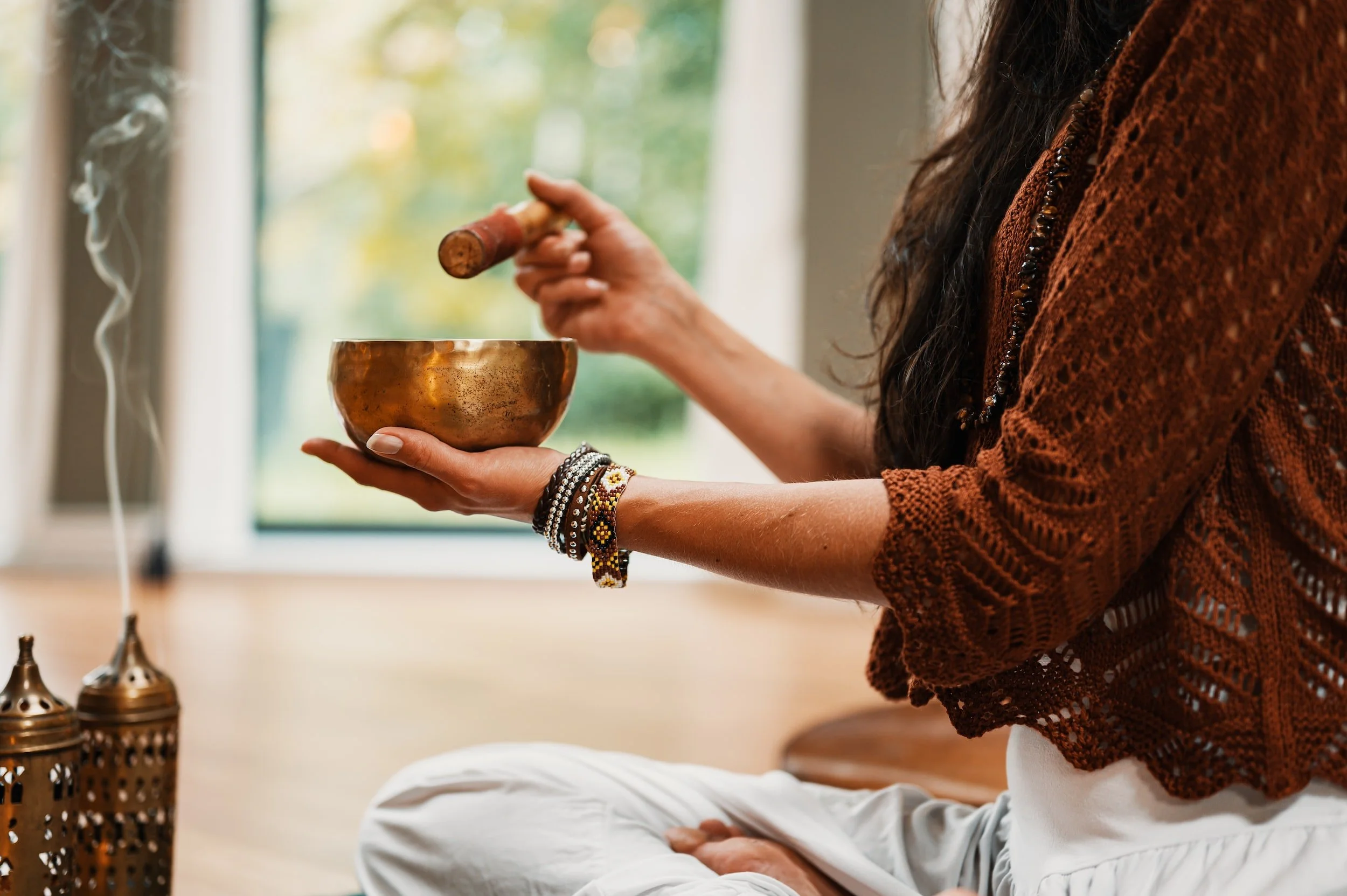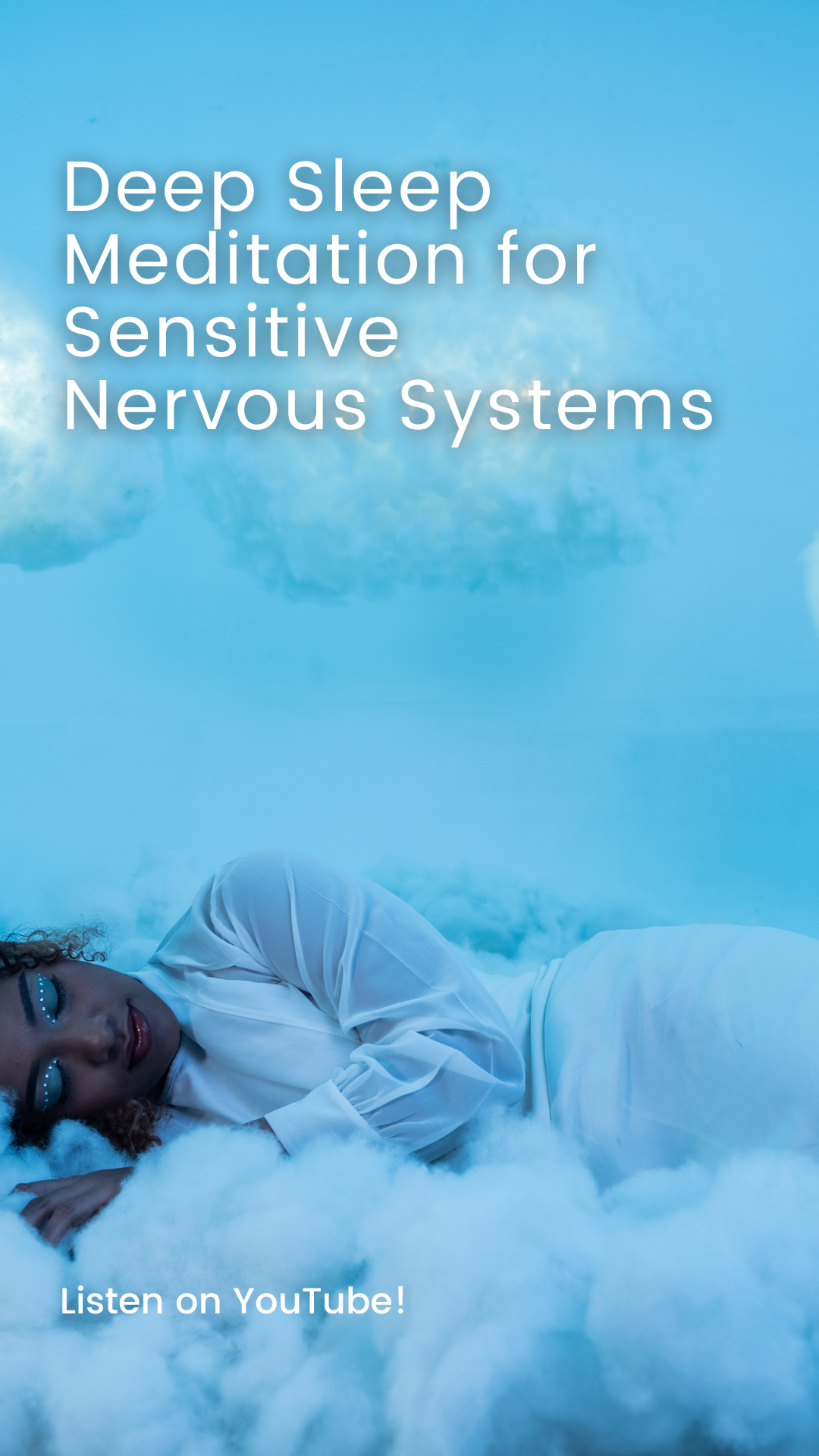Discovering Mindfulness: 7 Transformative Meditation Techniques for Beginners
Meditation is a powerful practice that offers numerous benefits for the mind, body, and spirit.
However, with so many different types of meditation available, it can be overwhelming to choose the right one. In this blog post, we will delve into the diverse world of meditation and explore the various styles and techniques. Whether you're a seasoned meditator or just starting your journey, this guide will provide valuable insights and help you discover new ways to incorporate meditation into your life.
#1 Concentration Style Meditation
The concentration style of meditation involves focusing on a single object or thought to quiet the mind. Examples include concentrating on the breath, a specific body part, or even chakra meditations. The goal is to channel attention and eliminate distractions, leading to a calm and centered state of being.
#2 Mindfulness Meditation
Unlike concentration meditation, mindfulness meditation emphasizes non-judgmental awareness of the present moment. It involves observing thoughts, emotions, and sensations without attachment or aversion. Mindfulness cultivates a heightened sense of self-awareness and allows for greater acceptance and understanding of one's experiences.
#3 Spiritual Meditation
Spiritual meditation combines the calming of the mind with a spiritual context. While some individuals may associate meditation with specific religious practices, spiritual meditation can be non-denominational and focus on connecting with one's highest self, spirit guides, or the universe. It encompasses the exploration of deeper spiritual dimensions beyond the physical realm.
#4 Mantra Meditation
Mantra meditation involves the repetition of a specific word or phrase, either silently or aloud. The mantra serves as a focal point to quiet the mind and promote relaxation. The chosen mantra can be personally meaningful or rooted in positive affirmations, instilling a sense of calm and self-empowerment. A tool, such as a mala beads, is often used help maintain focus, while repeating the mantra a specific number of times. In modern meditation practice, this is often referred to as repeating Affirmations.
#5 Sound Healing
Sound healing utilizes soothing music, binaural beats, or natural sounds to induce a meditative state. The vibrations and harmonies in the sound create a calming effect on the mind and body. Some traditional meditation instruments are singing bowls, gongs, and classical instruments. You can also use your own voice to create a soothing, energy balancing experience. Sound healing can be combined with other meditation practices to enhance relaxation and promote a deeper sense of peace.
#6 Movement Meditation
Movement meditation involves incorporating slow, controlled, and repetitive motions into the meditation practice. Yoga and Tai Chi are popular forms of movement meditation that synchronize breath with movement, promoting physical and mental relaxation. Even activities like walking in nature can be meditative when performed with mindful awareness.
#7 Guided Meditations
If you’re having trouble following through with one of the other 6 types of meditation - either because they sound too difficult, or because you become easily distracted or fall asleep during the meditation, then guided meditations might be the perfect style for you!
Guided meditation is a popular form of meditation that involves following the instructions and guidance provided by a meditation teacher or facilitator. In guided meditation, you listen to a pre-recorded audio or video, or you participate in a live session where the instructor verbally guides you through the meditation process.
The purpose of guided meditation is to assist you in achieving a meditative state by providing prompts and suggestions that help you relax, focus your attention, and explore your inner world. The guide may use calming language, visualization techniques, or storytelling to create a peaceful and immersive experience.
You can find guided meditations designed for stress reduction, improving sleep, cultivating self-compassion, gaining clarity, attracting abundance, promoting healing, or developing specific qualities like gratitude or mindfulness. This versatility allows you to choose guided meditations that align with your needs and goals.
Guided meditations can be accessed through various platforms such as meditation apps, YouTube channels, podcasts, or meditation courses. They offer a convenient and accessible way to incorporate meditation into your daily routine, as you can listen to them at any time and in any location that suits you.
Whether you are a beginner looking for guidance or an experienced meditator seeking new insights, guided meditation can be a valuable tool on your meditation journey. It provides a structured and supportive environment for deepening your practice and exploring different aspects of meditation.
Remember that the key to benefiting from guided meditation is to find a guide or instructor whose voice, style, and approach resonate with you. With the abundance of resources available, you can explore different teachers and find the ones that best suit your preferences and meditation goals.
If you’d like to learn how to share your own guided meditations with friends and clients, check out our course to help you Create, Edit, and Share your Meditations.
“So, whether you choose concentration meditation, mindfulness meditation, spiritual meditation, mantra meditation, sound healing, movement meditation, or guided meditation, each style offers a unique pathway to cultivate inner peace, mindfulness, self-awareness, and well-being.”
Feel free to experiment with different styles and find the ones that resonate with you the most!
Ultimately, the goal is to find a meditation practice that nourishes your mind, body, and spirit, and supports your overall well-being. As you explore, you’ll find what feel most aligned for you personally.
Remember to approach your meditation practice with an open mind and a spirit of curiosity, and enjoy the journey of exploring the vast realm of meditation possibilities available to you. There are no strict rules or boundaries, and different meditation practices often intertwine and complement one another. By embracing diversity and combining elements from various genres, you can create a unique meditation practice that suits your needs and preferences.
Ready to learn more about tools for enhancing your meditation experience? Check out our blog post here!



















